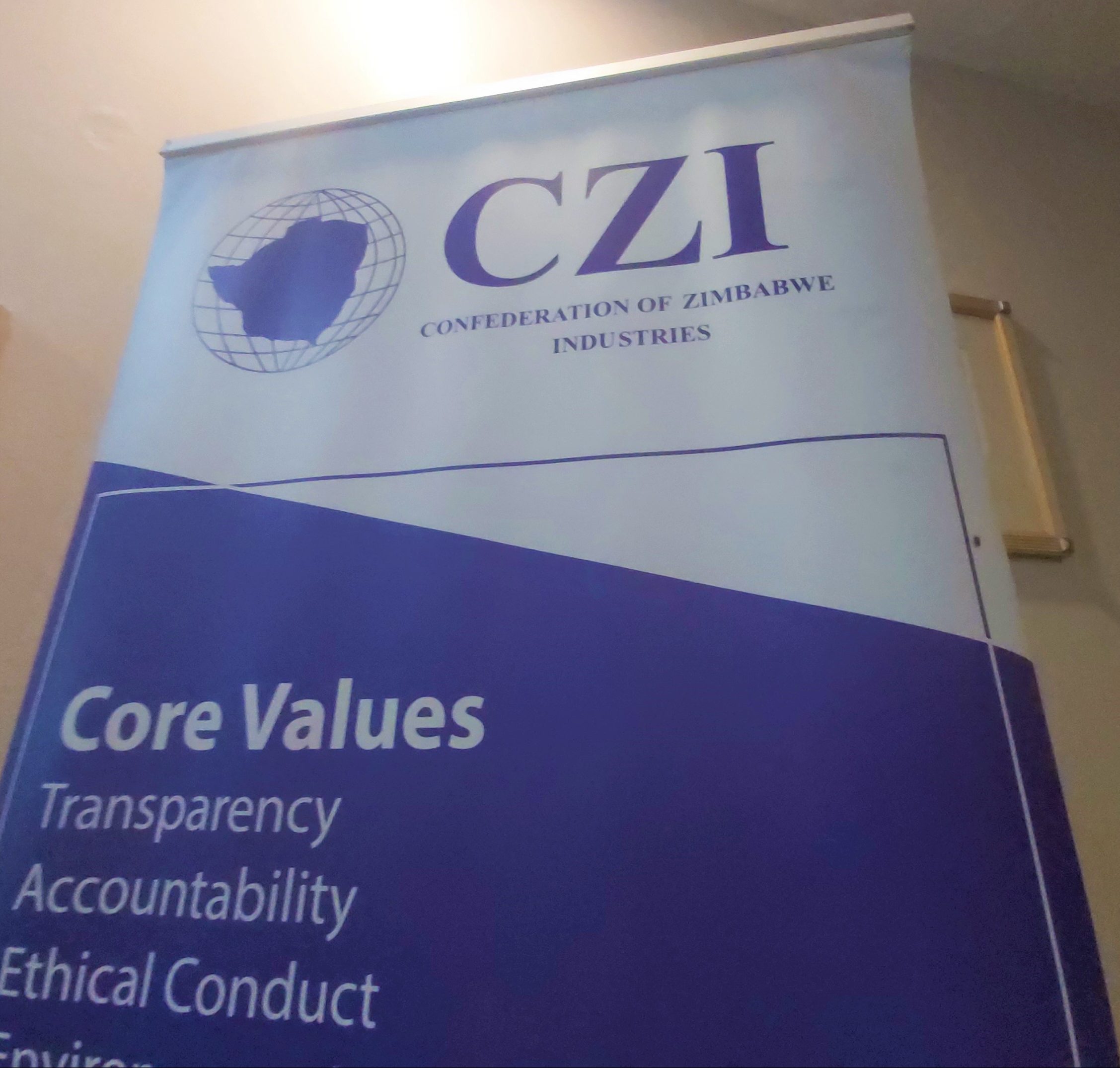Zim industry expects country to exit hyperinflation
Companies in Zimbabwe’s industrial sector expect a massive plunge in the monthly inflation rate, as measures implemented by authorities to contain a restive exchange rate that plunged the economy into hyperinflation last month, take effect amid tightening local currency liquidity crunch.
This comes as key economic agents expect Zimbabwe to miss inflation targets for the year after a spell of rapid currency depreciation in May and June drove inflation into a brief but massive wild upward spiral.
The month-on-month blended inflation rate increased from 15,7 percent in May 2023 to 74,5 percent in June 2023, translating to a gain of 58,7 percentage points, which is the biggest jump in blended month-on-month inflation since its inception in 2020.
Reserve Bank of Zimbabwe (RBZ) Governor, Dr John Mangudya, in February this year urged economic agents to use blended inflation, the weighted average of Zimbabwe and US dollar prices, to make decisions after a study by ZimStat revealed that at least 76 of transactions in the economy were now in hard currency.
According to the Confederation of Zimbabwe Industries (CZI), Zimbabwe’s biggest and most influential industrial lobby group “This means that in June 2023, Zimbabwe officially entered into hyperinflation, despite the reported inflation figures being weighted.”
Hyperinflation is generally defined as price increases of 50 percent or more per month, but in the worst-known cases, prices have doubled in days or hours. Zimbabwe’s worst hyperinflation experience was in 2008, when inflation peaked at 500 billion percent in August, according to the International Monetary Fund (IMF), figures that the Government disputed.
Economies can hardly survive hyperinflation, CZI said, and the fact that the main driver of the inflation seemed to be under control was positive as it means that month-on-month inflation is expected to take a sudden plunge this month.
As the Zimbabwe dollar depreciated rapidly on the parallel market, sending prices through the roof, both Treasury and the central bank rolled out a series of economic interventions to curtail an economic implosion.
The measures included transferring external payment obligations from the Reserve Bank of Zimbabwe to Treasury, a directive for all imports to pay duty in local currency (except for luxury goods) and collection of all statutory fees and charges in domestic currency.
Authorities also demanded 50 percent of corporate tax payable in foreign currency to be remitted in Zimbabwe dollars, introduced a wholesale auction foreign currency auction for banks and increased the bank policy rate from 140 percent to 150 percent to curb speculative borrowing.
The measures have largely resulted in drying up of Zimbabwe dollar liquidity, which has caused sustained appreciation of the local currency exchange rate while the open market rate has only come of marginally.
“However, the damage has already been done on the annual inflation front, as all the set targets are no longer achievable,” CZI said in a July 4, 2023 briefing to members.
Zimbabwe’s annual blended inflation rate for the month of June 2023 was 175,8 percent, gaining 89,2 percent percentage points from the May inflation rate of 86,5 percent.
“With the first half of the year now gone, inflation policy targets for year-end are now unrealistic. The Reserve Bank of Zimbabwe expected the annual blended inflation rate to decline progressively and reach 10-30 percent by the end of 2023. This is definitely not going to be realised as even if somehow the June
Consumer Price Index was to remain constant all the way up to December, the end-of-year inflation would be 105 percent.
“This means that annual blended inflation will still be in triple-digit figures come December 2023,” CZI said.
CZI contends Zimbabwe’s local currency inflation is much higher than is currently portrayed by weighted inflation average figures.
It said given that Zimbabwe was in a dual currency regime, blended inflation was more useful for international comparison, but made little sense to business and economic agents who use both currencies and not a blended currency.
“Businesses in Zimbabwe price their goods in (Zimbabwe dollars) or USD, thus, publication of (Zimbabwe dollar) and USD inflation is what helps in forming their pricing and costing decisions,” CZI said.
Some sectors are still heavily dependent on the local currency, CZI said, thus the need for Zimbabwe dollar inflation numbers was important for business decision making and reporting.
The industrial lobby group also said since the Total Consumption Line (TCL) was reported in local currency, a look at the historic trends for changes in the TCL on an annual basis (TCL inflation) showed that it was closely related to the annual inflation.
“The annual change in TCL was about 394,8 percent in June 2023 and based on the CZI model, annual ZWL$ inflation is estimated to be about 360 percent in June 2023,” CZI said in its briefing note to members.-ebusinessweekly











